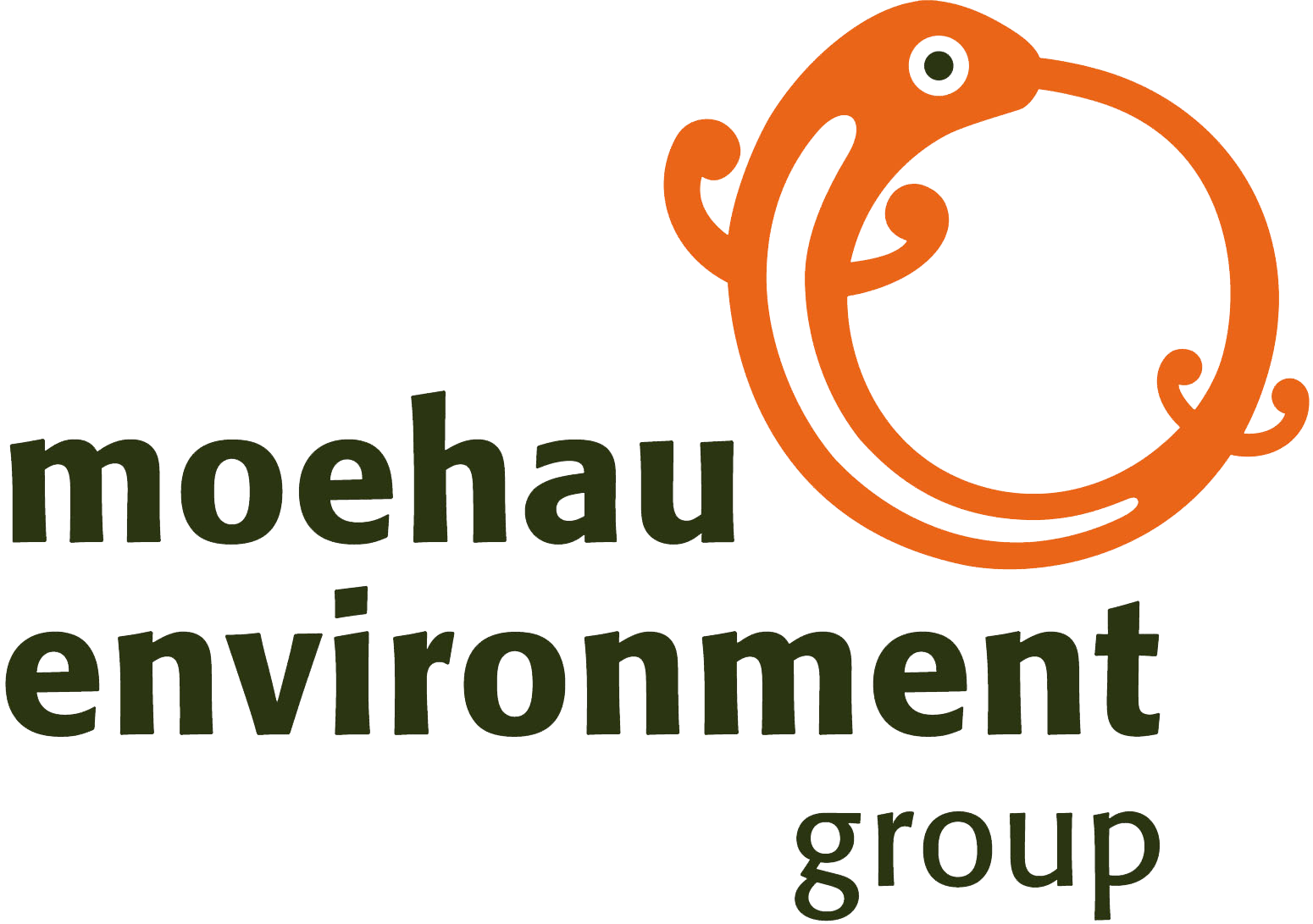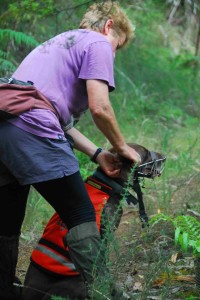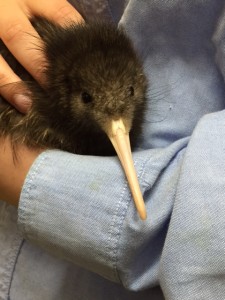We’re part of a grand plan to establish Coromandel kiwi on Motutapu Island in the Hauraki gulf. This summer we began Operation Nest Egg to help kick-start this island population. And in March our first chick, Mauricio, was released on the island.
Mauricio took us all by surprise. In mid-January, Diane went for a hike to mark the location of a kiwi nest near Port Charles. She suspected Totara, the male kiwi, was incubating his second clutch of eggs. In fact, what she discovered was not eggs, but a chick, already a couple of weeks old! There was also an infertile egg in the nest which had failed to hatch. In March, after passing quarantine, Mauricio and two other kiwi from the Coromandel were released onto their new island home on Motutapu, to run wild.
It has been a busy summer for our kiwi handlers, Diane and Tommy, and their dogs. They have been up and down steep bush-clad gullies, monitoring kiwi nests, patiently waiting for the right moment to lift the eggs.This season we have lifted five eggs and one chick from three kiwi nests. Unfortunately, all of the eggs have turned out to be either infertile or rotten. This is all too common in kiwi, with only 50% of eggs successfully hatching in the wild. The next batch of eggs will be harvested in September 2017.
With Coromandel kiwi now being translocated into new protected areas, (like Motutapu and the Hunua ranges), local kiwi care groups are working together with DOC to meet demand for founding kiwi via Operation Nest Egg.
Operation Nest Egg is a way of fast-tracking the growth of kiwi populations, without removing the breeding adult pairs. Because it removes eggs, leaving the adult breeding pairs in situ, these kiwi can continue to breed year on year. With kiwi living for up to 40 years, that can mean many new recruits—as long as predators are kept at bay.Motutapu is earmarked to become a Kohanga- a kiwi crèche. Meaning once this predator-free island is overflowing with kiwi, young birds will be relocated back to the Coromandel. Scientists predict kiwi could be ‘harvested’ from Motutapu in 15-20 years from now, providing up to 220 juveniles a year.
Kiwi were once spread along the full length of the Coromandel peninsula, and beyond. But in the last 20 years they have disappeared from about 40% of their range. Coromandel kiwi are now only found in the north, where predator control is ongoing. This operation is part of a larger vision to see kiwi numbers increase exponentially, and be heard once again in the Southern Coromandel.


